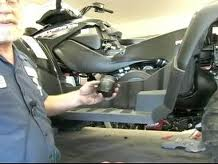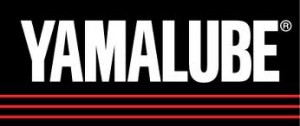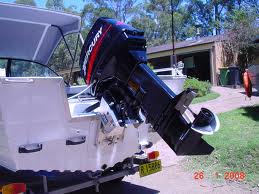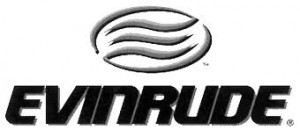How to Change Your ATV Oil: Part Two
 Before you remove the first panel and start digging around in your machine, be sure that you’ve gathered all of the necessary supplies close by. Move the ATV to a spacious area with level ground where you’ll be able to work comfortably. Fire up the machine and let it run for a few minutes. This will heat up the oil and disturb any deposits that may have settled at the bottom, allowing them to be removed with the old Yamalube 2W oil.
Before you remove the first panel and start digging around in your machine, be sure that you’ve gathered all of the necessary supplies close by. Move the ATV to a spacious area with level ground where you’ll be able to work comfortably. Fire up the machine and let it run for a few minutes. This will heat up the oil and disturb any deposits that may have settled at the bottom, allowing them to be removed with the old Yamalube 2W oil.
Once you’ve run the engine for a few minutes, remove any panels that may be obstructing your access to the filter and oil cap. The dipstick will be connected with the filter, which you can use to check you oil levels periodically. Now that you know where the new oil needs to go, tomorrow we’ll go over how to get the old oil out.















